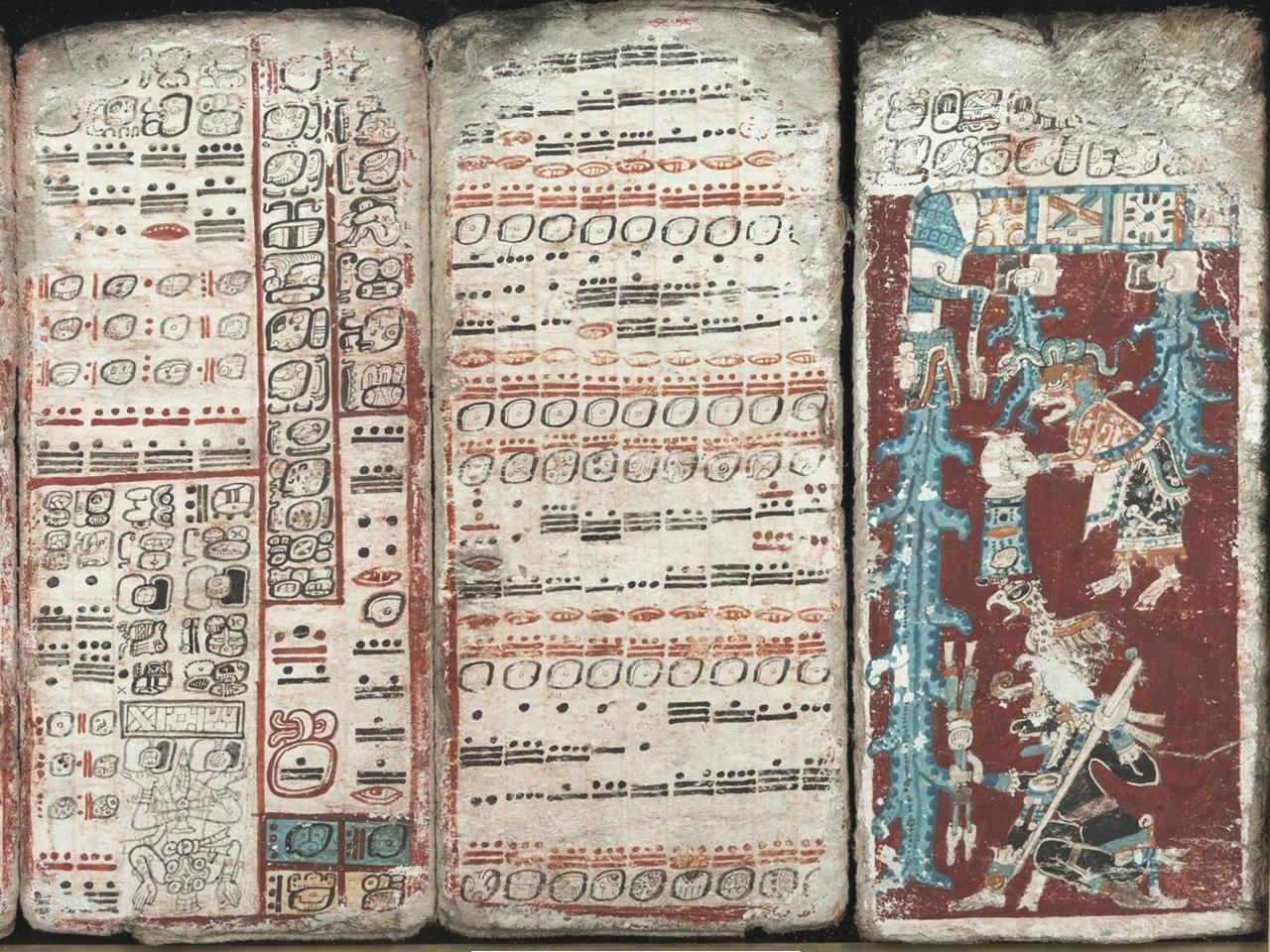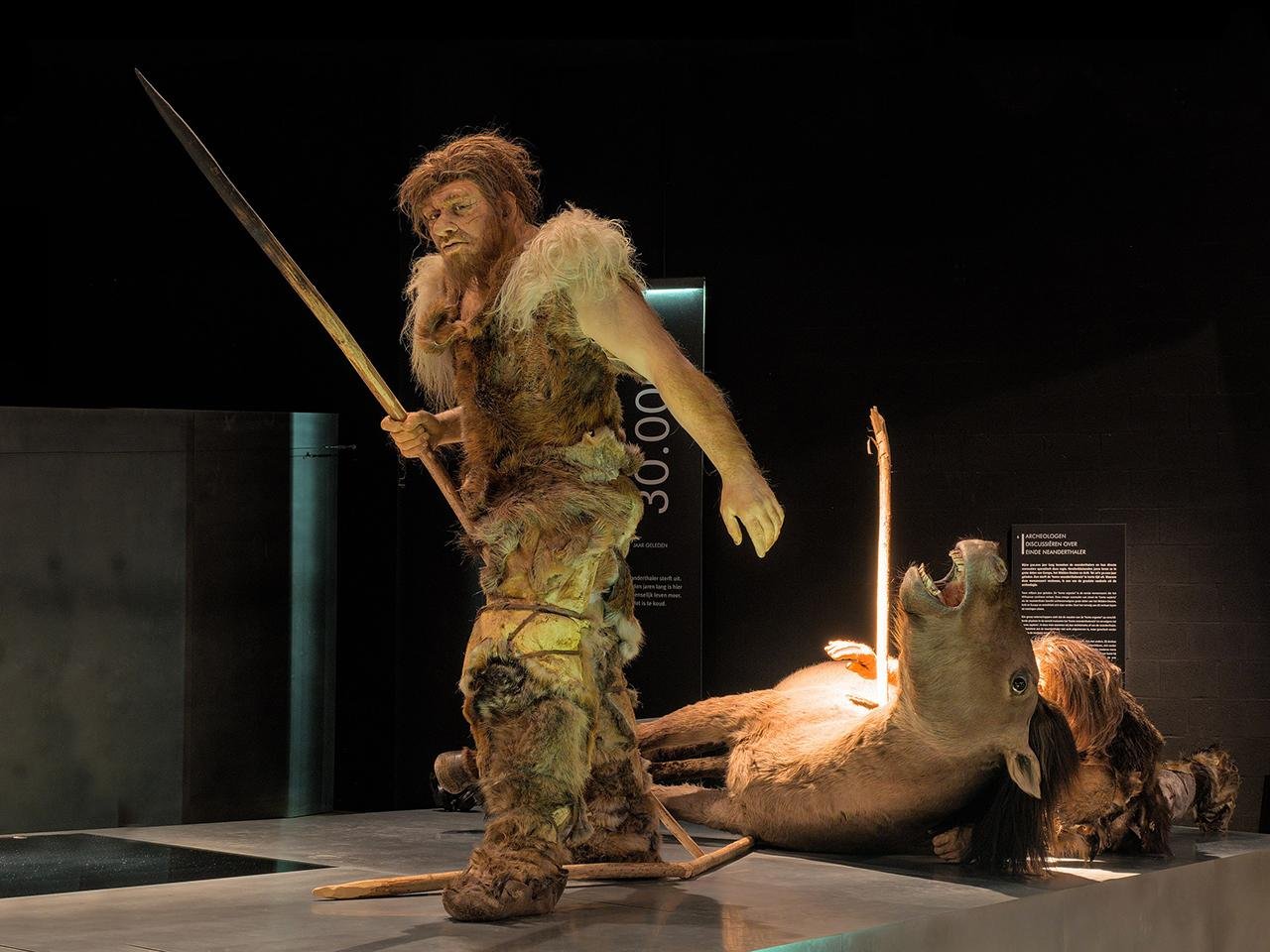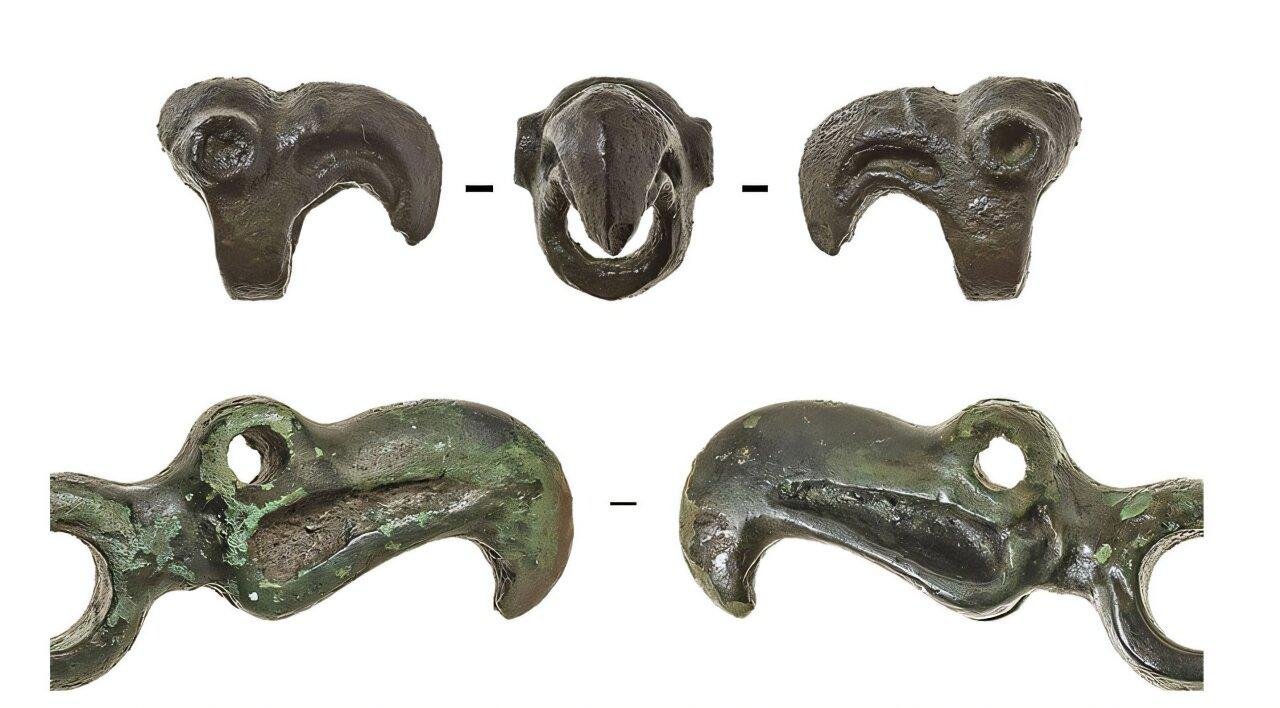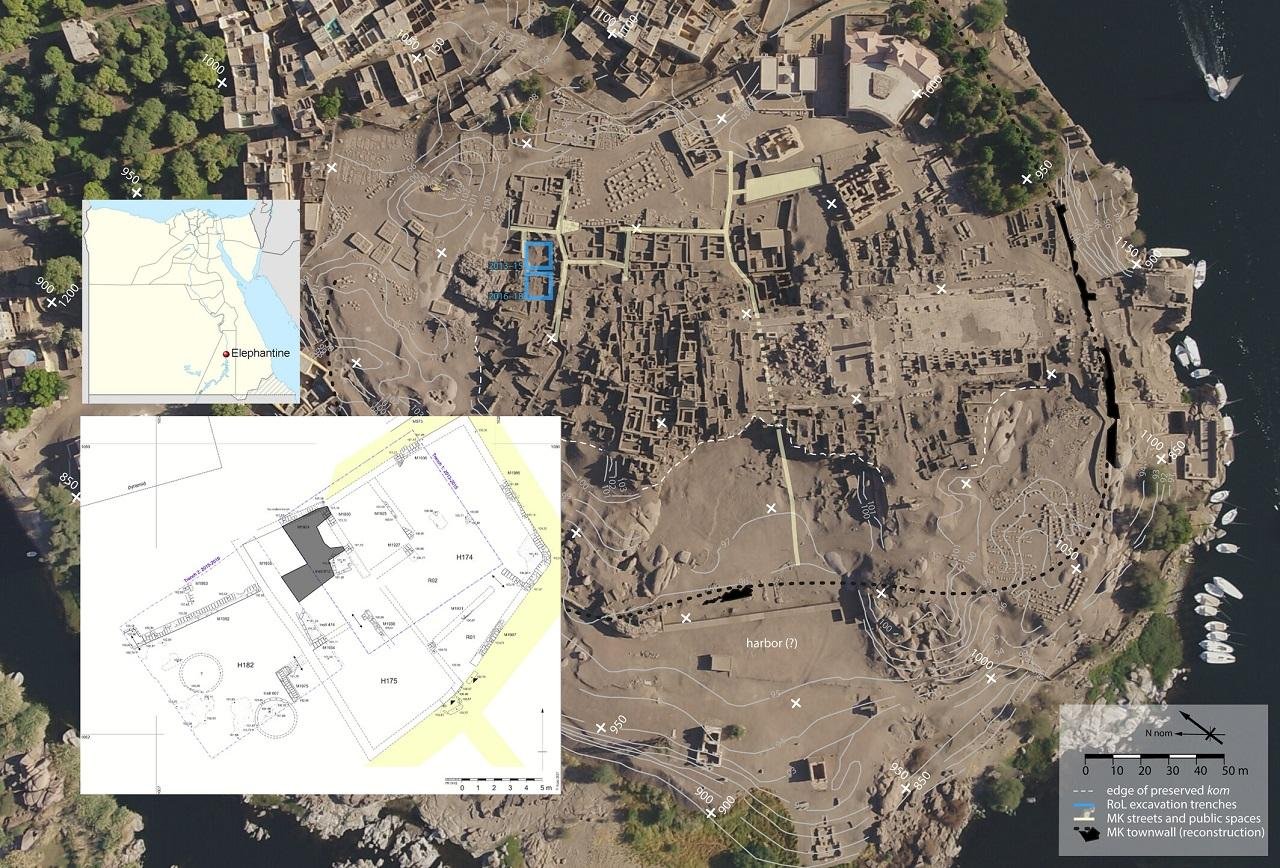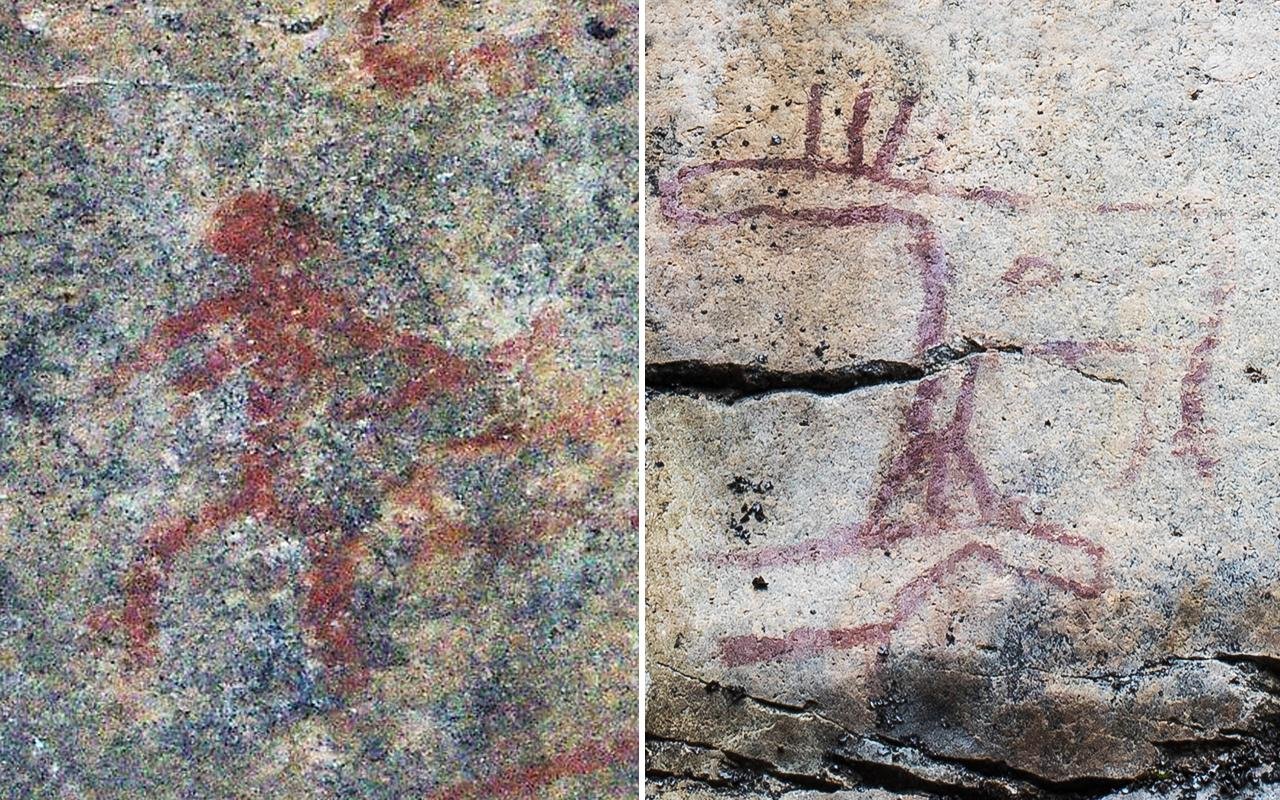An archaeological discovery in southern Germany has uncovered the life and death of a young child who was buried with remarkable care over 1,350 years ago. The boy, who has been nicknamed the “Ice Prince of Mattsies,” was discovered by a team from the Bavarian State Office for Monument Preservation (BLfD) in 2021 near the village of Mattsies in the region of Unterallgäu. Now, after years of intense study, scientists have reconstructed the child’s brief life, cause of death, and the complicated funeral rituals honoring him.
 Child’s grave, frozen remains. Credit: BLfD
Child’s grave, frozen remains. Credit: BLfD
The child, who died between 670 and 680 CE, was estimated to be around 18 months old when he died. Based on dental and DNA analysis, he had blue eyes and light-colored hair and was likely born and raised in the same region where he was buried. Despite being breastfed—generally a protective factor in early life—he was killed by a chronic infection that originated from an untreated middle ear infection, a common cause of death among pre-modern societies.
What is most interesting about this burial is not only the sad story of the child but the preservation technique and wealth of grave goods he was buried with. In an effort not to disrupt the delicate contents of the site, the BLfD employed a new method: it shock-froze the entire burial chamber within a block of ice. This allowed the archaeologists to extract and transport the grave intact to a laboratory in Bamberg for further study.
 Child’s grave with uncovered artifacts. Credit: BLfD
Child’s grave with uncovered artifacts. Credit: BLfD
“This project has been a milestone,” said Professor Mathias Pfeil, General Director of the BLfD. “The results of the investigation now clearly show how much information can be obtained from such a unique burial find, with the right recovery methods and thorough analysis applied.”
 After thawing the block of ice, conservator Tracy Niepold examines the grave with a reflected light microscope. Credit: BLfD
After thawing the block of ice, conservator Tracy Niepold examines the grave with a reflected light microscope. Credit: BLfD
The burial site itself, in a building that was once a Roman villa, had been converted into a memorial space. It was constructed of stone and sealed using lime mortar—an uncommon and labor-intensive method for the time. The chamber underwent modifications at least twice after the burial, which suggests the space was a place of remembrance for years.
In the grave, the child lay on an animal hide and was dressed in finely crafted clothing: leather shoes, trousers, and a linen tunic with long sleeves that was embellished with silk stripes—a luxury fabric imported via the Byzantine Empire, indicating very high social status. He had silver spurs and silver bracelets and wore at his waist a short sword in a leather scabbard with gold inlays—clearly symbolic, given his age.
 X-rays reveal the sword’s decorations. Credit: BLfD
X-rays reveal the sword’s decorations. Credit: BLfD
There was also a piece of cloth with two strips of gold foil arranged in a cross, representing early Christian symbolism or influence among the elites. At the foot of the grave were objects on a woven mat, including a bronze bowl, a wooden vessel, a silver-trimmed drinking cup, and fragments of dried fruits like hazelnuts, apples, and a pear. These items, such as butchered piglet bones once thought to be canine, are believed to have been part of a funerary banquet ritual.
 Golden fitting from the sword scabbard. Credit: BLfD
Golden fitting from the sword scabbard. Credit: BLfD The Child’s bracelets. Credit: BLfD
The Child’s bracelets. Credit: BLfD
Thanks to this innovative excavation and careful analysis, archaeologists have not only preserved a fragile burial but also brought to life a poignant story from the early Middle Ages. The “Ice Prince” offers a rare and unusual glimpse into the lives, beliefs, and rituals of an ancient world—and the human desire to remember and honor the ᴅᴇᴀᴅ.
More information: Bayerisches Landesamt für Denkmalpflege
